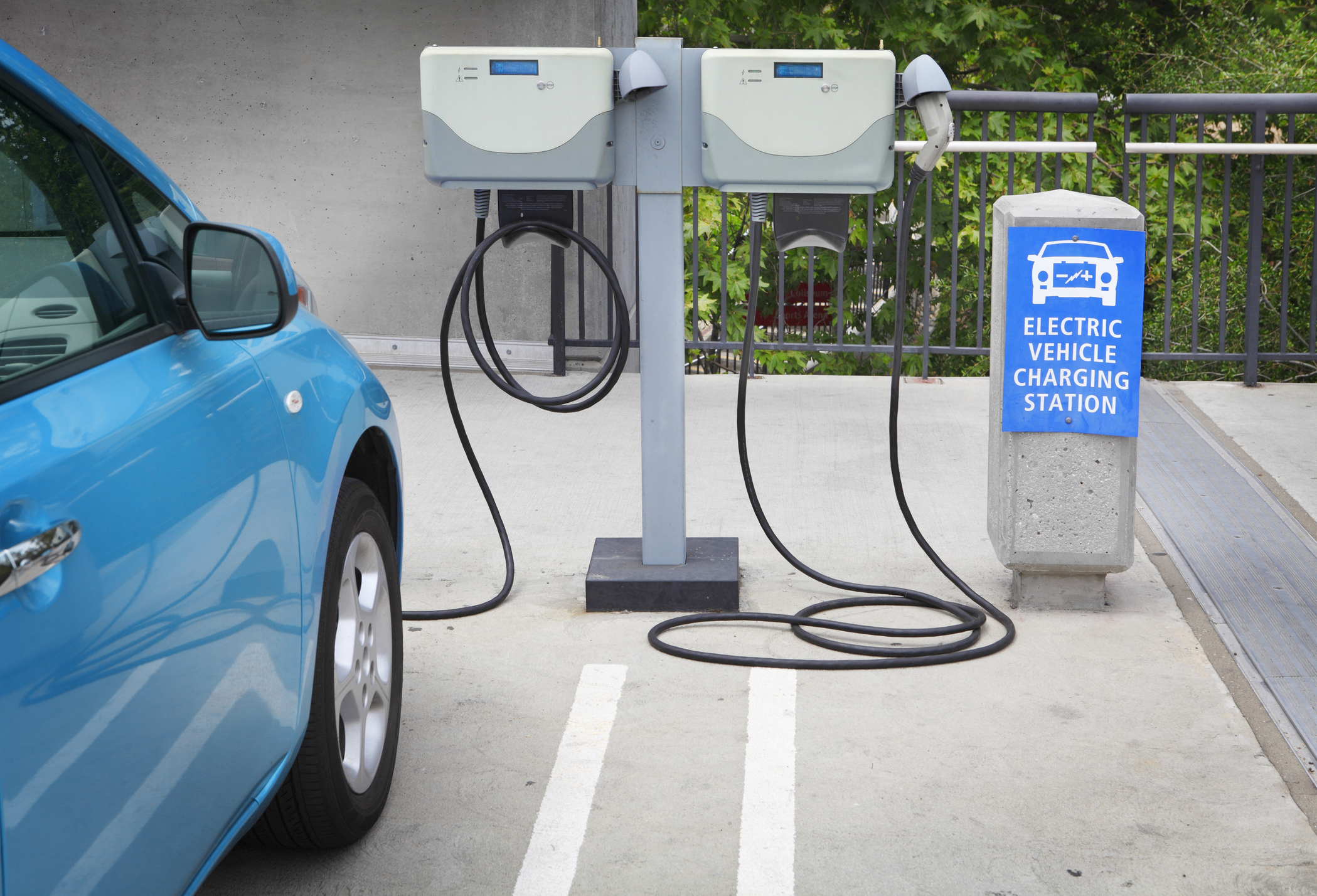Infrastructure Priority List Identifies $58bn Project Pipeline
Infrastructure Australia has presented 121 national significant infrastructure proposals with a $58 billion project pipeline designed to guide investment to support the nation's growth.
Releasing its annual list of priority projects, Infrastructure Australia chair Julieanne Alroe said the 2019 Priority List provides all levels of government an outline of “investment opportunities”.
“With a record 121 nationally significant proposals and a $58 billion project pipeline, the priority list will guide the next 15 years of Australian infrastructure investment,” Alroe said.
Related: Keep Up: Infrastructure Failing To Keep Pace With Demand For Housing
| The 8 High Priority Projects | Location | Problem/ Opportunity | Proposed Delivery Timeframe | Category |
|---|---|---|---|---|
| M4 Motorway upgrade (Parramatta to Lapstone) | New South Wales | Connectivity in outer western Sydney | Near term (0-5 years) | Urban Congestion |
| Sydney Metro: City and Southwest | New South Wales | Sydney rail network capacity | Medium term (5-10 years) | Urban Congestion |
| Western Sydney Airport | New South Wales | Sydney aviation capacity | Medium term (5-10 years) | National Connectivity |
| M80 Ring Road upgrade | Victoria | Melbourne M80 Western Ring Road congestion | Near term (0-5 years) | Urban Congestion |
| Monash Freeway Upgrade Stage 2 | Victoria | Melbourne south-east and outer south-east congestion | Near term (0-5 years) | Urban Congestion |
| North East Link | Victoria | Connectivity between M80 and M3 in outer north-east Melbourne | Medium term (5-10 years) | Urban Congestion |
| Brisbane Metro | Queensland | Brisbane inner-city public transport network capacity | Near term (0-5 years) | Urban Congestion |
| METRONET: Yanchep Rail Extension | Western Australia | Perth northern corridor rail network capacity | Near term (0-5 years) | Urban Congestion |
With New South Wales and federal elections on the horizon, the agency is urging decision-makers to consult the Infrastructure Priority List before committing funding.
The report contains 25 new infrastructure proposals — with a total eight High Priority Projects identified, 10 Priority Projects, 29 High Priority Initiatives and 74 Priority Initiatives.
A number of the “priority list” inclusions also focus on capitalising on existing infrastructure through the use of smart technology, such as intelligent transport systems.
“As a result this includes projects such as the Monash Freeway upgrade stage two and North East Link in Victoria, the Regency Road to Pym Street section of Adelaide’s North–South Corridor, and a proposal to improve the performance and efficiency of motorways in the Sydney CBD,” Alroe said.
The agency has also called for a country-wide roll out of electric vehicle fast charging sites thanks to technological change driving significant shifts in infrastructure demand.
“The advent of electric vehicles, along with automation, growth in the ‘sharing economy’ and technological connectivity, could bring the largest transformation the transport sector has seen since the shift from steam to diesel locomotives,” she said
Related: Infrastructure, Migration And The ‘Mini-Credit’ Crunch: Deloitte

The increase in electric vehicle uptake will forge links between the energy and transport network that did not previously exist, placing additional demands on the grid and pressure on consumer costs, explained Alroe.
“The 2019 Priority List highlights the need for investment in the connectivity and reliability of our National Electricity Market in the medium to long term, and optimisation in the near term.”
A recent review by Deloitte Access Economic's expects infrastructure spending, set to reach a peak of almost $40 billion this year, will retreat over the next two years as a number of major transport projects come to completion.














